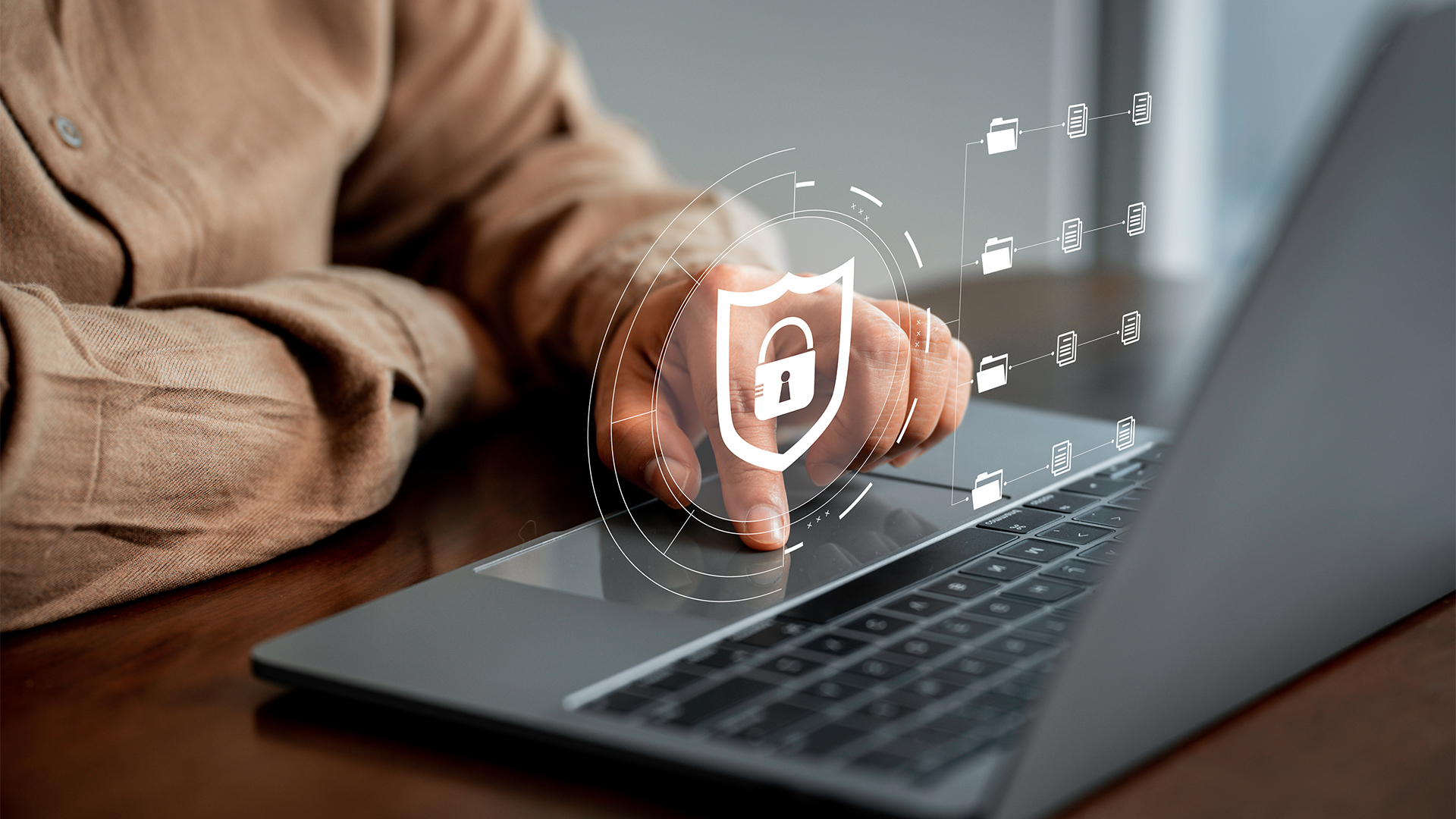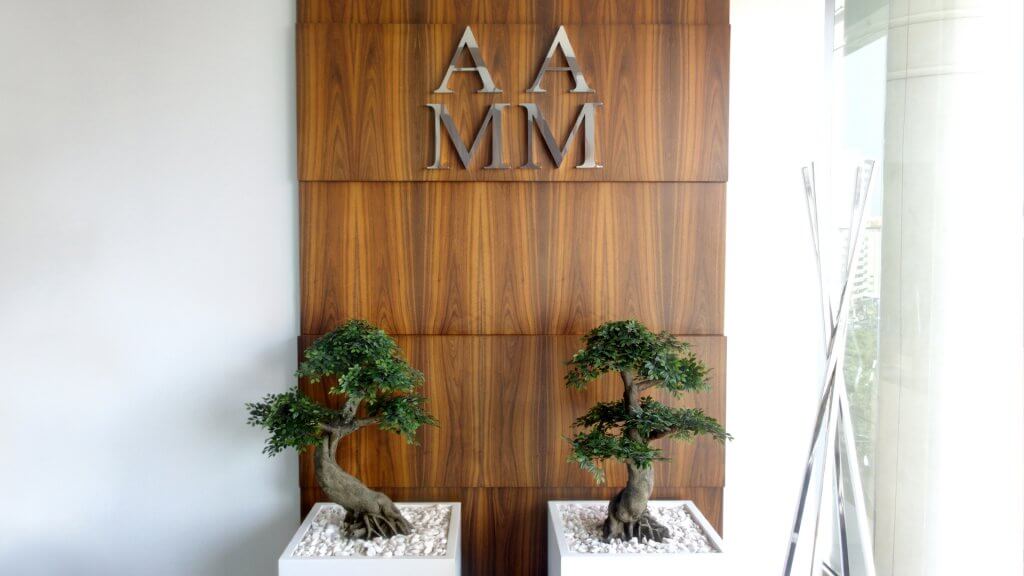
By entrepreneur and business mentor Mike Greene
In today’s digital landscape, cyber threats have evolved from isolated IT concerns to critical business risks that can undermine a company’s competitiveness. The recent cyberattack on Marks & Spencer, resulting in significant operational disruptions and financial losses, underscores the tangible impact of cyber incidents on even the most established brands.
Cybersecurity: Beyond IT, A Strategic Imperative
Traditionally, cybersecurity has been viewed as a technical issue, relegated to IT departments. However, the modern threat landscape demands a strategic approach. Cybersecurity should be a board-level priority, integral to business continuity and brand reputation. It’s not merely about preventing breaches but about ensuring resilience and maintaining stakeholder trust.
Human Error: The Achilles’ Heel
Despite advancements in security technologies, human error remains a predominant factor in security breaches. Social engineering attacks exploit human vulnerabilities, making employee awareness and training paramount. Regular, engaging training sessions can transform employees from potential liabilities into the first line of defence .
Supply Chain Vulnerabilities
A company’s cybersecurity posture is only as strong as its weakest link, often found within its supply chain. Third-party vendors can introduce unforeseen risks. Implementing stringent vendor assessments and requiring compliance with security standards are essential steps in mitigating these risks.
Embracing Zero Trust Architecture
The Zero Trust model operates on the principle of “never trust, always verify.” By continuously validating every stage of digital interactions, businesses can minimize the risk of unauthorised access. This approach is especially pertinent given the increasing sophistication of cyber threats.
Leveraging AI for Enhanced Security
Artificial Intelligence (AI) offers powerful tools for threat detection and response. AI can analyse vast datasets to identify anomalies and potential threats in real-time, enabling proactive defence mechanisms. However, it’s crucial to balance AI deployment with human oversight to address potential biases and ensure effective decision-making.
Regulatory Compliance and Competitive Edge
Adhering to cybersecurity regulations is not just about compliance; it’s a competitive differentiator. Demonstrating robust security measures can enhance customer trust and open doors to new business opportunities. Regulations like the UK’s Cyber Security and Resilience Bill emphasize the importance of proactive security strategies.
Actionable Steps for CEOs:
- Integrate Cybersecurity into Business Strategy: Ensure that cybersecurity considerations are embedded in strategic planning and decision-making processes.
- Invest in Employee Training: Regularly educate employees about security best practices and emerging threats.
- Assess and Monitor Supply Chain Risks: Conduct thorough evaluations of third-party vendors and enforce security standards.
- Adopt Advanced Security Frameworks: Implement models like Zero Trust to enhance security posture.
- Utilise AI Responsibly: Leverage AI for threat detection while maintaining human oversight.
- Stay Informed on Regulatory Changes: Keep abreast of evolving cybersecurity regulations and ensure compliance.
Conclusion
In an era where cyber threats are pervasive and increasingly sophisticated, CEOs must champion cybersecurity as a core business function. By adopting a proactive, strategic approach to cybersecurity, businesses can not only protect their assets but also gain a competitive advantage in the marketplace.





















